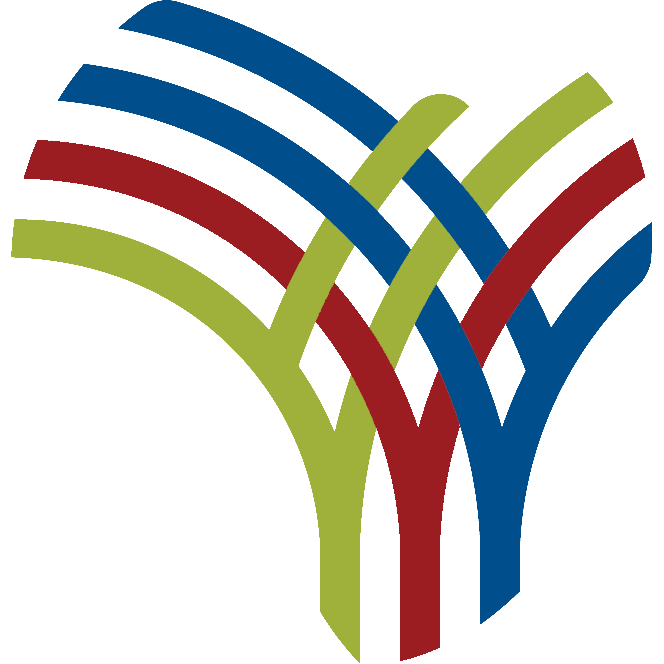The Democratic Republic of Congo held a national day of remembrance this weekend for what it calls the “Genocost” – a term used to describe mass deaths linked to the exploitation of the country’s natural resources.
President Félix Tshisekedi used the occasion to call on parliament to adopt a resolution recognising the violence in eastern Congo as genocide.
“I solemnly call upon both houses of parliament to examine as soon as possible the adoption of an official resolution proclaiming the recognition of genocide committed on our territory,” Tshisekedi said on Saturday.
He said the deaths of thousands of civilians in the east of the country meet the legal definition of genocide under the 1948 UN convention. He also promised to take the campaign for recognition to international forums.
The annual Genocost commemoration takes place every 2 August. It was first held three years ago. This year, a new memorial was opened near the National Museum in Kinshasa.
From 1960 to present day, 11 dates that explain the conflict in the DRC
Repeated conflict
Eastern Congo, rich in minerals and bordering Rwanda, has faced repeated conflict since the Rwandan genocide in 1994. Violence has escalated again since early 2025.
The term “Genocost” was first used in London in 2013 by a member of the Congolese Action Youth Platform (CAYP). It followed the UN’s Mapping Report, which documented large-scale crimes in eastern Congo dating back to 1996. The report said several neighbouring countries, including Rwanda, Uganda and Burundi, shared responsibility.
For CAYP France, the creation of a national remembrance day is a major step. Gloria Menayame, a legal expert with the NGO, told RFI it was a “victory” but said more needs to be done.
But, she also said that it “feels unfinished”.
“The adoption of the Genocost campaign is something we welcome,” she said. “What we didn’t want was this partial appropriation that only takes what suits the authorities. There’s a lot of talk about international responsibility or the creation of an international tribunal. But they forget to put in place mechanisms to address crimes at the national level. We believe our government has the means, but lacks the will.”
DRC conflict coltan entering EU via Rwandan smuggling routes, report finds
Long road to recognition
The idea of the Genocost began gaining support after 2013, as calls for reparations grew. Civil society groups pointed to a long history of resource-driven violence going back to colonial times.
Supporters of the campaign renamed a square in Kinshasa “Genocost Square” and began holding events there every 2 August. The date marks the start of the Second Congo War in 1998.
But the government only adopted the term officially in late 2022, after the M23 rebel group returned to action and tensions with Rwanda increased.
One key aim of the campaign is the creation of an international criminal tribunal for the DRC.
Tshisekedi also said he would raise the issue at the United Nations General Assembly in September.
DR Congo extends cobalt export ban by three months
Theoretical issues
Some legal experts say the Genocost concept remains controversial. Ithiel Batumike, a researcher at the Congolese think tank Ebuteli, told RFI the term is based on real anger and frustration over decades of violence, but it still needs to be defined more clearly in legal terms.
“All Congolese believe it is time to stop this spiral of violence,” he said.
“The big questions all Congolese are asking themselves: ‘Until when?’ and ‘Why does the international community act as if it doesn’t see everything that is happening in Congo, when it is paying sustained attention to other crises where it has actually intervened to stop the massacres?'”
Another issue is the role of Congolese leaders and military officials in the conflict.
Menayame said some members of the Congolese government have been named in UN reports as being involved in crimes committed in the country.
These include several generals active in conflict zones. She said their actions should not be ignored.


